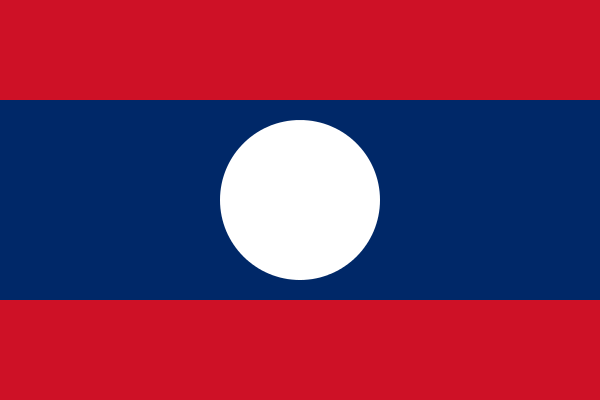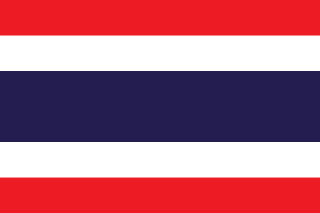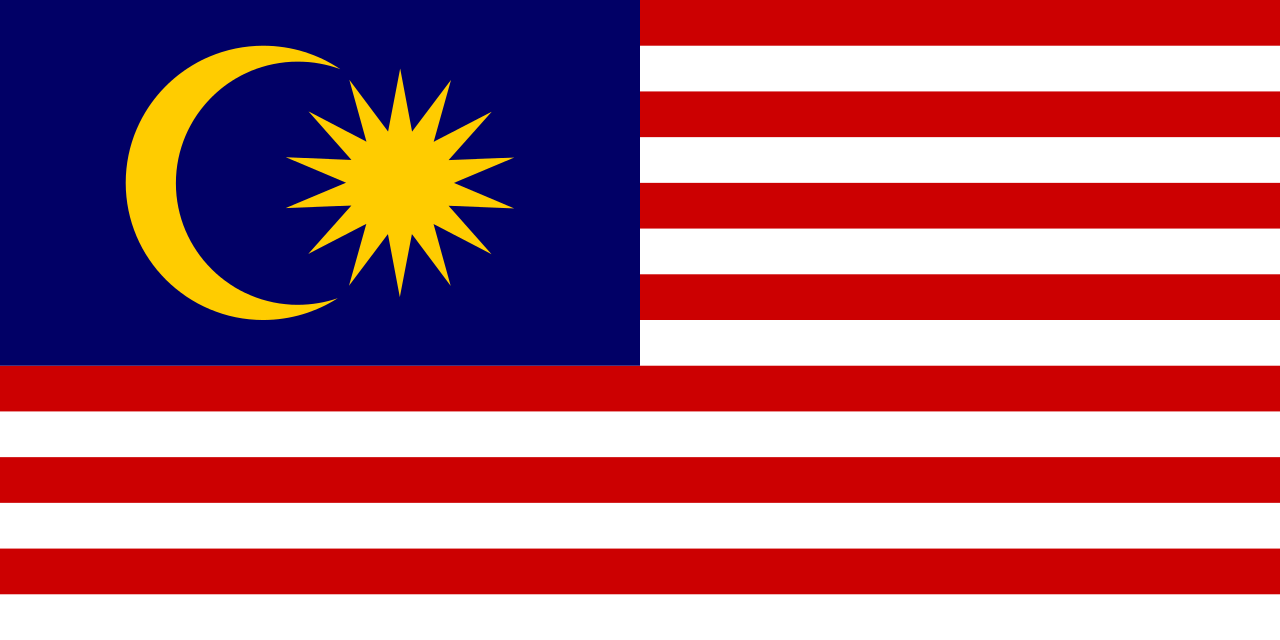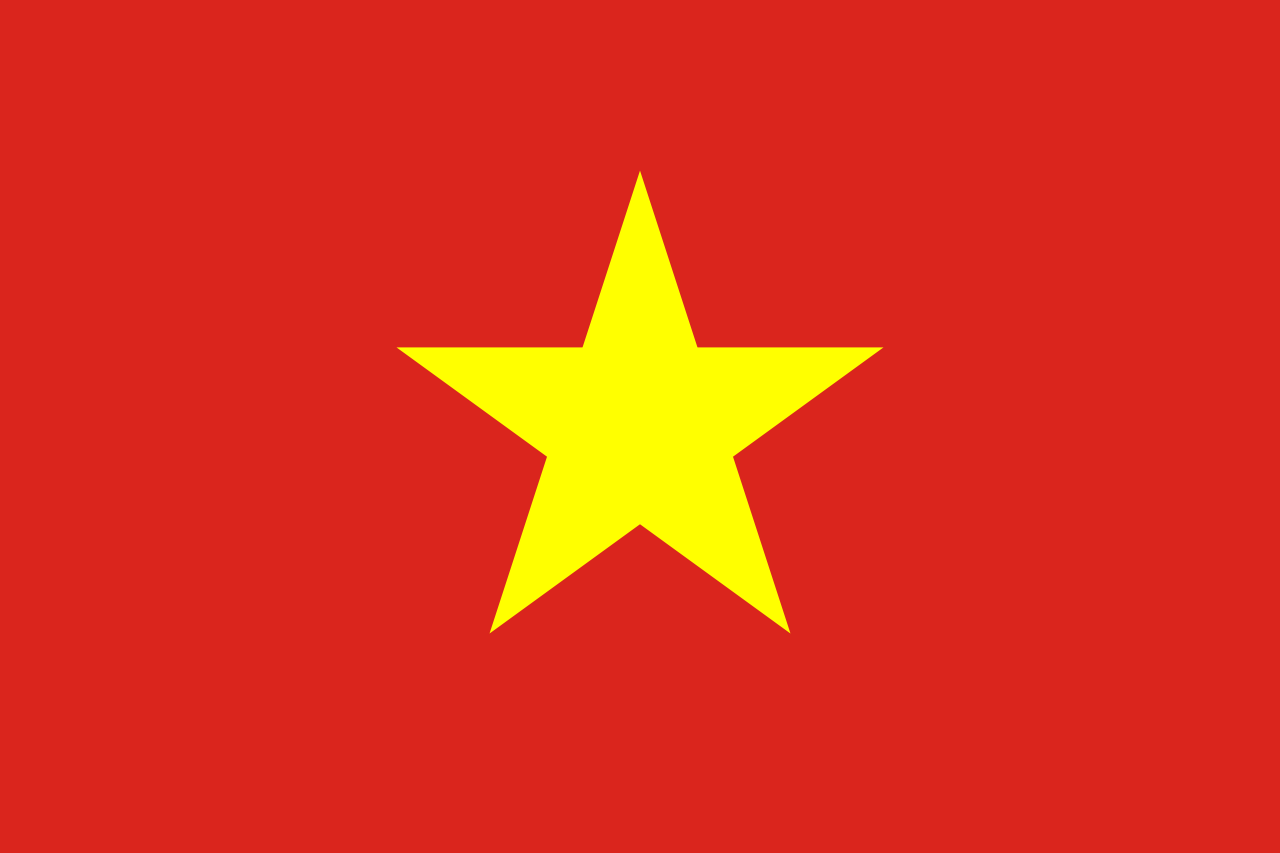The Cost of Business in the Philippines Compared With China
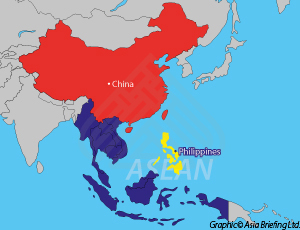
By Chris Devonshire-Ellis
Partner, Dezan Shira & Associates
Part Six in our series comparing ASEAN nation business costs with China
The Philippines is another of the ASEAN Tigers, with a population of about 100 million and GDP of USD300 billion is has been performing well over the past few years. However, political disputes with its large neighbor China over ownership of shoals and small islands in the South China Sea tend to have overshadowed bilateral trade issues and the capabilities of the Philippines to offer itself as an alternative to China manufacturing.
Despite the disputes, bilateral trade has largely been unaffected in terms of growth, although it must be pointed that in proximity to its size, China has invested rather less in the Philippines than any comparable Asia nation. Yet the Philippines, an hour’s flight away from Southern China, is also making headroads into attracting Chinese tourism – and most notably to its new casinos in the Makati area of Manila. Chinese gamblers with something to hide are becoming wary of being seen in Macau.
Meanwhile, with English spoken across the lower and middle classes of the Philippines, especially in the larger cities and tourist spots, the country has found itself attracting a great deal of business process outsourcing on a global scale. Its competition with China for investment is also having an impact. Light manufacturing and some aspects of the services industry have long viewed the Philippines as a superior destination for business than China. Its ability to offer a Western-friendly business environment, a burgeoning IT and electrical products skill set and increasingly improved infrastructure means the Philippines is a viable alternative to manufacturing and services to China.
The Philippines enjoys good trade relations with the following countries:


In terms of trade, the top five products exported by the Philippines are integrated circuits (23%), computers (10%), semiconductor devices (4.7%), office machine parts (3.5%), and electrical transformers (3.0%). The country’s top five imports are integrated circuits (13%), crude petroleum (9.3%), refined petroleum (6.8%), office machine parts (3.6%), and cars (2.9%).
The Philippines has been active to signing bilateral Double Tax Treaty agreements with several important countries worldwide, including China, India, the United States and many other Asian nations, and these can be immensely useful when looking to increase profitability in trade and investment. A comprehensive list may be viewed here.
![]() RELATED: Wage Comparisons & Trade Flows Between China, ASEAN and India
RELATED: Wage Comparisons & Trade Flows Between China, ASEAN and India
We can compare Philippines and China in terms of average operational costs as follows:

The Philippines Foreign Investment Law
The Philippines allows 100 percent foreign ownership in almost all sectors as well as offering a Build-Operate-Transfer (BOT) investment scheme that other Asian countries emulate. State-owned enterprises are being privatized and the banking, insurance, shipping, telecommunications, aviation, mining, and power industries have been deregulated. Incentive packages include a reduced corporate income tax, 32 percent, and companies in the Special Economic Zones (Eco Zones) subject to only five percent overall tax rates. Multinationals looking for regional headquarters are entitled to incentives such as tax exemptions and tax and duty-free importation of specific equipment and materials.
![]() RELATED: The Cost of Business in Malaysia Compared With China
RELATED: The Cost of Business in Malaysia Compared With China
The Philippines allows the following investment vehicles:
- Single Proprietorship
- A business with a single owner and not registered as a corporation, partnership or limited liability company. A sole proprietor can work as an independent contractor or operate a small business
- Required capital: US$200,000.
- Branch Office
- A foreign-organized corporation that is registered in the Philippines under existing foreign laws. A branch office should carry out the business activities of its parent company, and is authorized to earn income from its operations inside and outside the Philippines. Its main purpose is to provide marketing, sales, or customer assistance to new and existing customers of its parent corporation.
- Required capital: US$200,000, which can be reduced to US$100,000 if (a) activity involves advanced technology, or (b) company employs at least 50 direct employees.
- Domestic partnership
- Treated as juridical person, having a separate legal personality from that of its members. May either be general partnerships, where the partners have unlimited liability for the debts and obligation of the partnership, or limited partnerships, where one or more general partners have unlimited liability and the limited partners have liability only up to the amount of their capital contributions.
- There are no minimum financial investment requirements.
- Corporation
- Juridical persons established under the Corporation Code and regulated by the Securities and Exchange Commission with a personality separate and distinct from that of its stockholders. The liability of the shareholders of a corporation is limited to the amount of their share capital.
- Required capital: five thousand pesos (5,000.00).
- Regional Operating Headquarters
- Regional headquarters are suitable only for businesses that plan to utilize the Philippines as a manufacturing or services hub in a much larger operation.
- Required capital: US$200,000.00, one time remittance.
- Regional Headquarters
- Undertakes activities that are limited to acting as a supervisory, communication, and coordinating center for its subsidiaries, affiliates and branches in the Asia-Pacific region, acting as an administrative branch of its multinational parent company engaged in international trade.
- Required capital: US$50,000.00 annually to cover operating expenses.
- Representative office
- An office established by a company to conduct marketing and other non-transactional operations.
- Required to have an initial minimum inward remittance in the amount of US$30,000.00 to cover its operating expenses.
Additional requirements
The Philippine government allows companies that are registered in other countries to obtain a license to do business in the Philippines. Running a business is not only about having a great product or service and certain amount of capital, but also requires certain permits and licenses from several government agencies.
![]() RELATED: The Cost of Business in Myanmar Compared With China
RELATED: The Cost of Business in Myanmar Compared With China
Professional Resources
The Philippines is suffering from that quintessentially emerging Asian problem; infrastructure. A booming economy is hindered by both an historic lack of infrastructure, the need to regenerate existing infrastructure, and the upheavals caused by putting improvements into place. Travelling around Manila for example needs planning and takes time. However, things are improving. In terms of special economic zones, the country has eight, a further 17 specific agri-business zones, and plans to develop a further 250 zones of various capabilities over the coming years. The Philippines SEZ’s are a mixed bunch but can offer some attractive tax incentives and are worth checking out for export driven manufacturing ventures.
The Philippines is relatively well served in Manila when it comes to banking and finance, however like much of Asia, once one steps out of the capital it can get very local very fast. This can cause problems getting investment financing into the right places. There are numerous Asian and International banks operating representative offices and some limited activity branches in the country. A full list can be seen here.
![]() RELATED: The Cost of Business in Vietnam Compared With China
RELATED: The Cost of Business in Vietnam Compared With China
Summary
The Philippines and its citizens have always had a certain “can do” spirit about them and this entrepreneurial spirit and widespread use of English is a somewhat unique bonus. Its membership of ASEAN and strong trade links with the United States especially make the Philippines very much a China alternative. Light manufacturing and a booming service industry, especially in BPO, and a burgeoning Asian tourist industry make the country well worth considering when it comes to looking for an Asian base from which to re-export to China, ASEAN and internationally.
|
Links to the other articles in this series are as follows: |
||||||||||
|
Chris Devonshire-Ellis is the Founding Partner and Chairman of Dezan Shira & Associates. The practice has been operational in Asia since 1992 and assists foreign investors establish and maintain their operations throughout China, ASEAN and India. The firm possesses 28 Asian offices with a staff of 800, and has an Alliance office in Manila. Please contact the firm at philippines@dezshira.com or visit https://www.dezshira.com. Please also look out for our Philippines Briefing Group on Linked In for additional updates. Chris can be followed on Twitter at @CDE_Asia. |
 Tax, Accounting, and Audit in Vietnam 2014-2015
Tax, Accounting, and Audit in Vietnam 2014-2015
The first edition of Tax, Accounting, and Audit in Vietnam, published in 2014, offers a comprehensive overview of the major taxes foreign investors are likely to encounter when establishing or operating a business in Vietnam, as well as other tax-relevant obligations. This concise, detailed, yet pragmatic guide is ideal for CFOs, compliance officers and heads of accounting who need to be able to navigate the complex tax and accounting landscape in Vietnam in order to effectively manage and strategically plan their Vietnam operations.
 An Introduction to Tax Treaties Throughout Asia
An Introduction to Tax Treaties Throughout Asia
In this issue of Asia Briefing Magazine, we take a look at the various types of trade and tax treaties that exist between Asian nations. These include bilateral investment treaties, double tax treaties and free trade agreements – all of which directly affect businesses operating in Asia.
The 2015 Asia Tax Comparator
In this issue, we compare and contrast the most relevant tax laws applicable for businesses with a presence in Asia. We analyze the different tax rates of 13 jurisdictions in the region, including India, China, Hong Kong, and the 10 member states of ASEAN. We also take a look at some of the most important compliance issues that businesses should be aware of, and conclude by discussing some of the most important tax and finance concerns companies will face when entering Asia.
- Previous Article May 2015 ASEAN Regional Meetings
- Next Article The Philippines Calls for a Further Simplified Tax System





